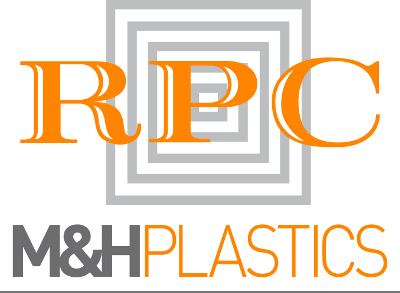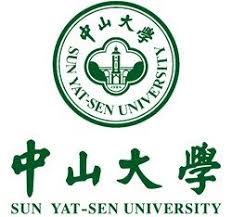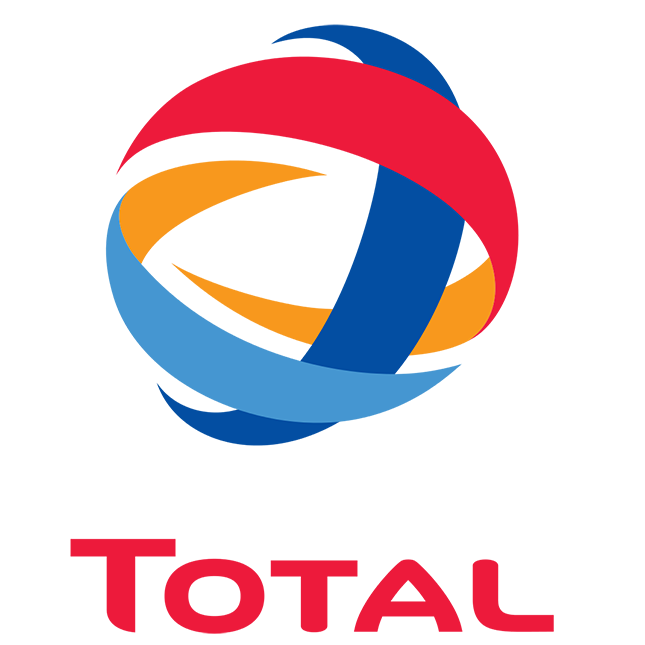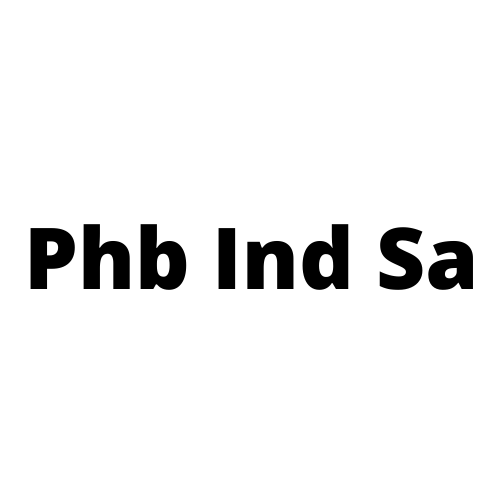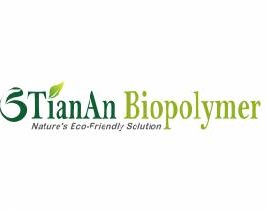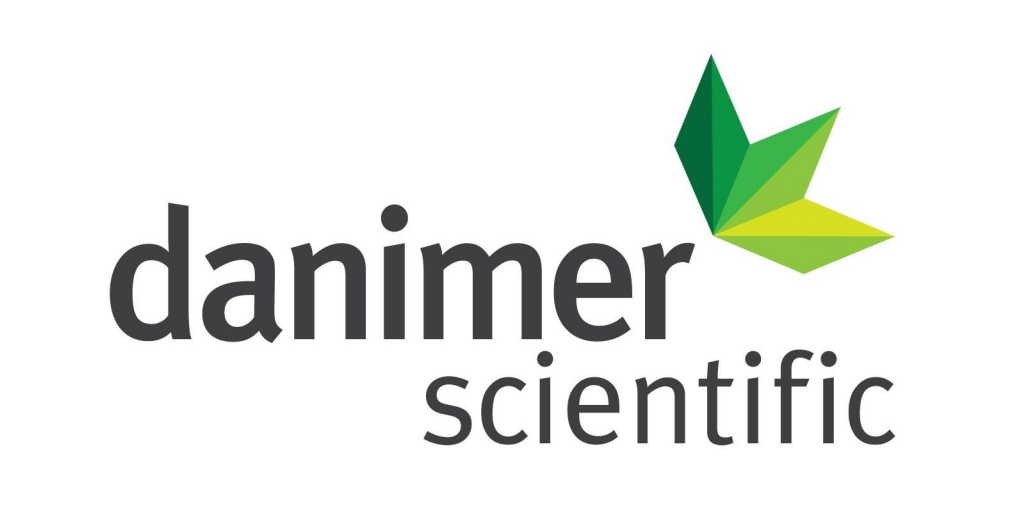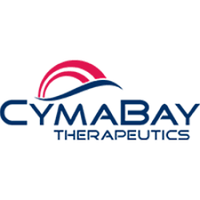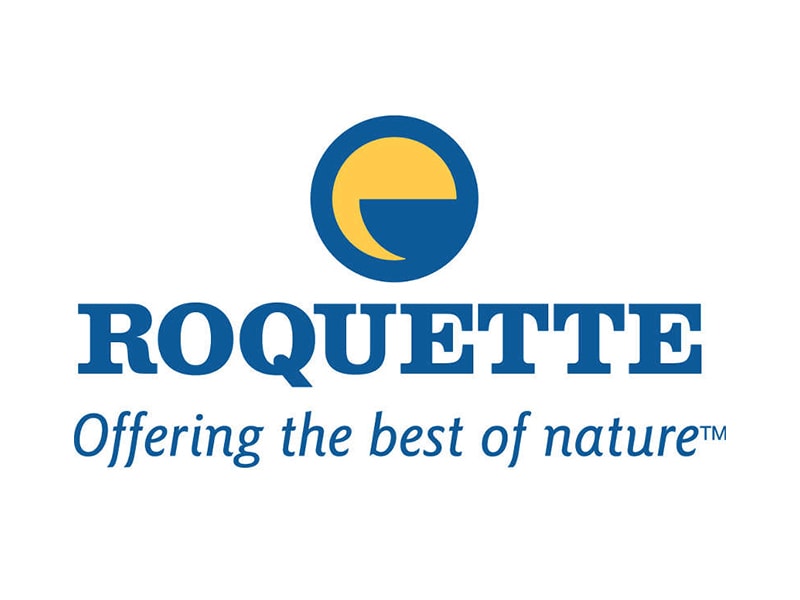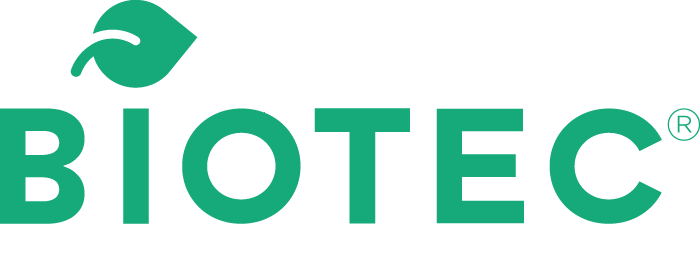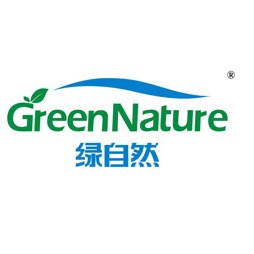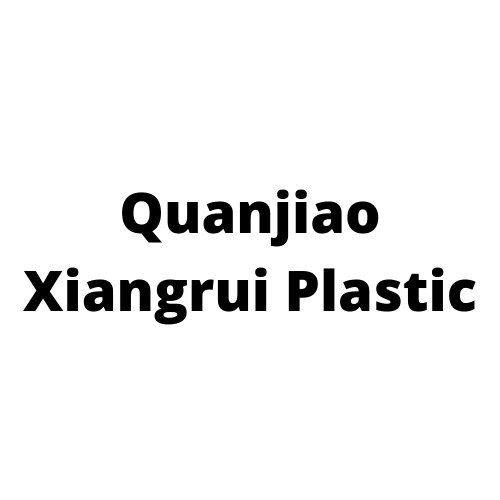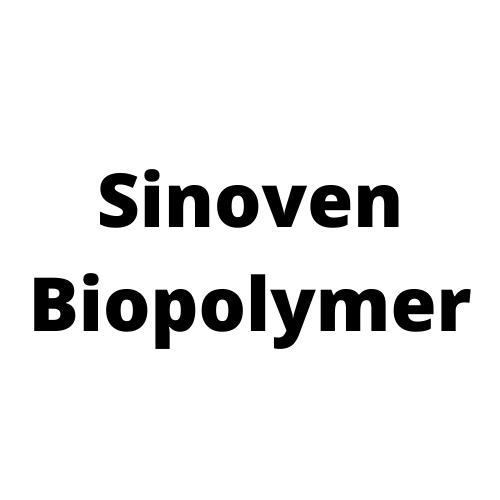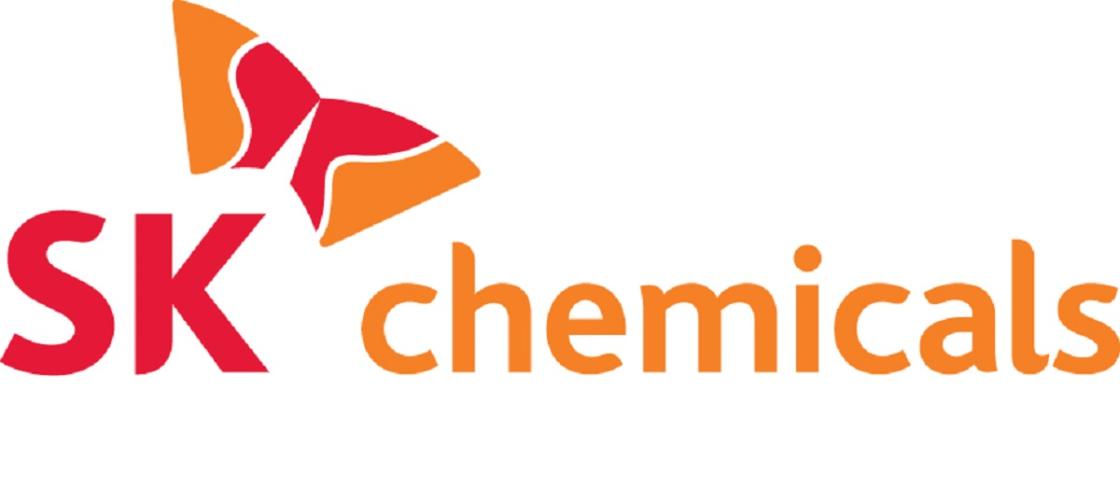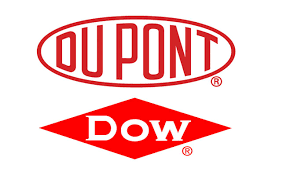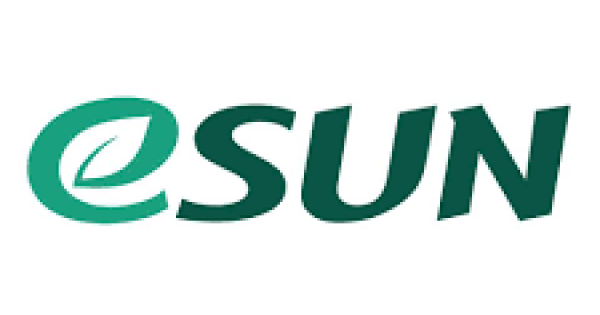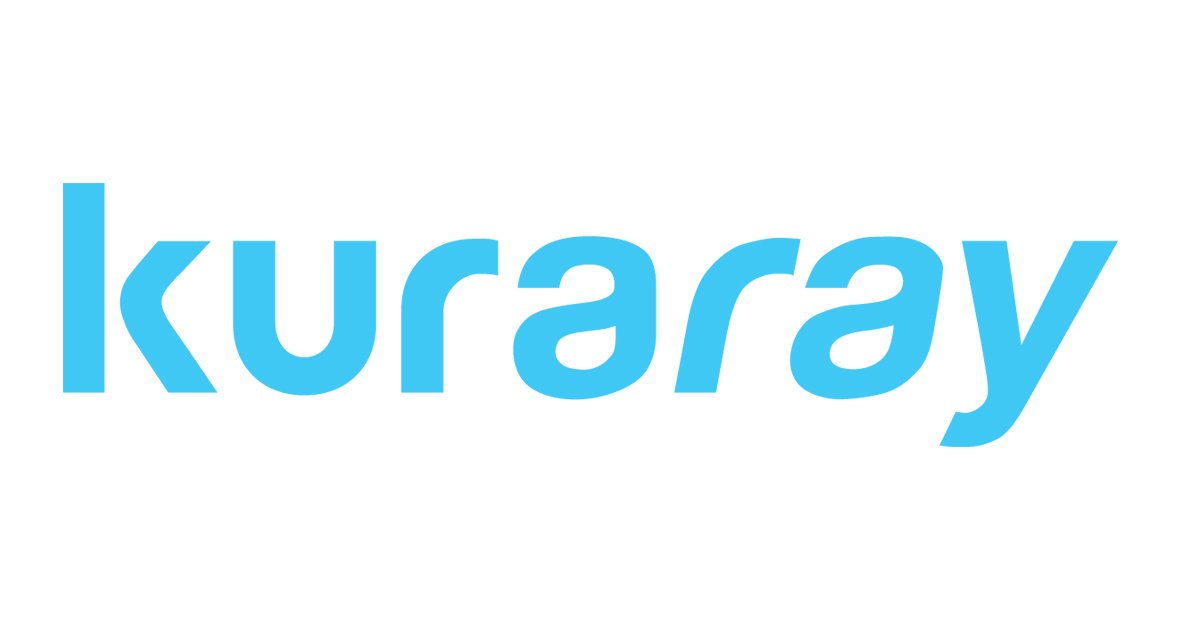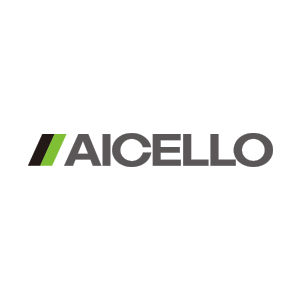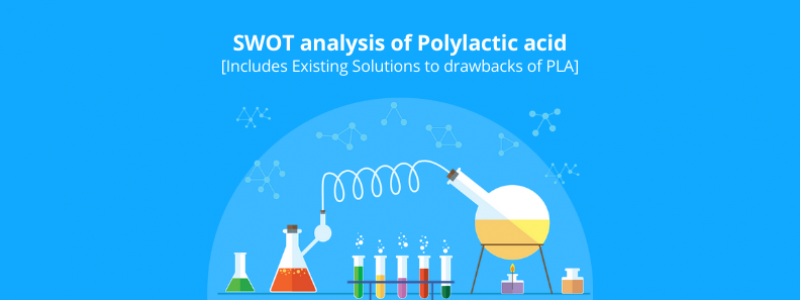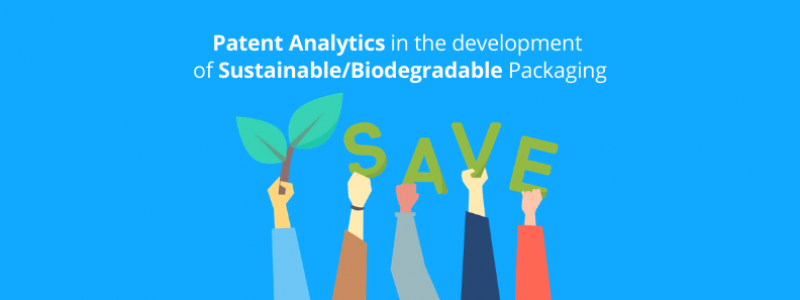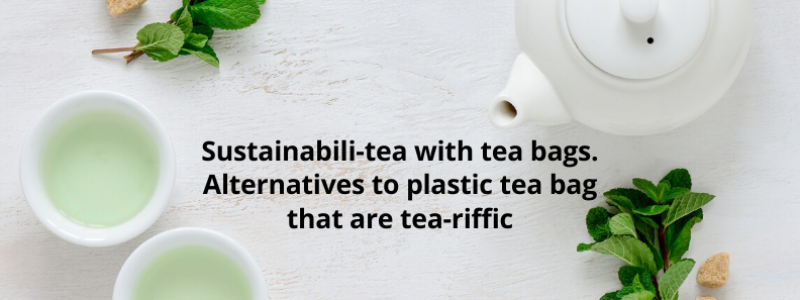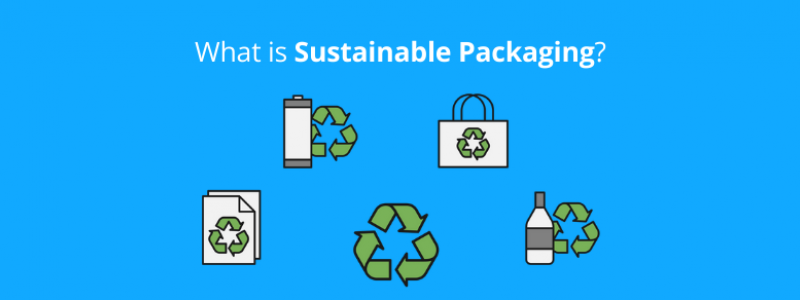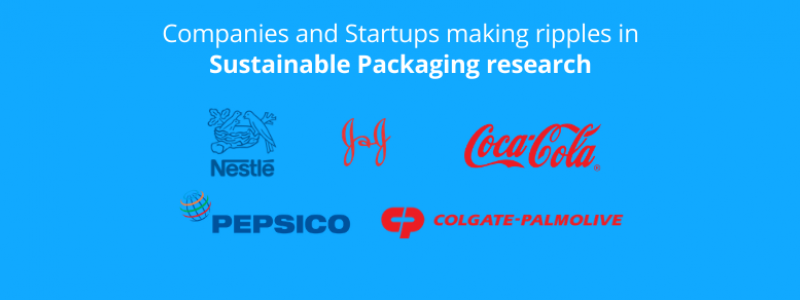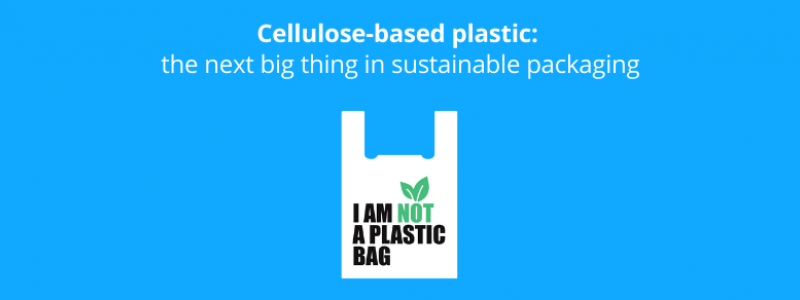Solutions you need to reach your sustainable goals faster
How are we helping corporations innovate their way into sustainable packaging?
A lot of our clients in Food and Beverage, Packaging, E-commerce, and few more industries faced similar challenges. Challenge of finding a great alternative to their plastic-based or not-so-eco friendly packaging materials.
And working with them to solve different issues in their product’s green packaging has helped us build a great understanding in this area. This industry is highly active when it comes to innovation and research. Below are some critical problems that we have helped them solve:
How we helped our clients
Background: Our client’s goal was to find an alternative, functional wrapping for their dairy products which was also edible along, with the product itself. They also wanted to know about the industry leaders in the research and development of edible packaging for food products, in order to find partnership opportunities.
Some questions we helped them answer:
- What’s the research status in the edible packaging domain and what solutions exist in the industry?
- What materials have the right properties to be used in packaging?
- Which companies are leading the research and can be a good research partner?
Background: Their goal was to replace their existing plastic bottles/pouches with paper bottles/pouches to make them easily disposable/compostable. Although better than plastic, even these paper-based bottles/pouches are generally encased with inner liners (the layer of material that restricts the flow of liquid or gas) that are laced with plastic and thus are not 100% biodegradable.
Some questions we helped them answer:
- How can they replace their plastic-based packaging bottles/pouches with biodegradable paper-based packaging?
- What are the green alternatives to plastic liners for paper-based packaging cartons/bottles/pouches?
- Which of such materials will be suitable and most fitting in their manufacturing and production pipeline?
Packaging Material & Partner Recommendations for a Food & Beverage Company
The client used GreyB’s analysis on materials to identify the best-fit materials and further, asked GreyB to provide analysis on the companies providing such materials to partner with them.
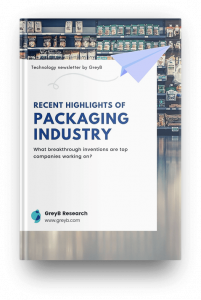
5 Recent Breakthrough Invention in Packaging Industry
What could be the next move of your competitions? What industry problems are major companies trying to solve packaging domain? Subscribe to our packaging newsletter and get curated insights delivered right to your inbox.
Unwrapping the plastic of the packaging industry
The sustainable nature of products has become a crucial motivating factor for consumers. The majority of plastic waste comes from plastic packaging and the industry is racing to adopt sustainable alternatives to plastics for their packaging.
If you are here, I am sure you’re working in a similar direction too.
The path to adopting plastic alternatives is not easy. Hindrances at technology, manufacturing, and marketing level need to be tackled before we can witness mass usage of bioplastics, cellulose, and other sustainable packaging solutions in the packaging industry.
Challenges companies are trying to overcome with bioplastics:
Plastic has had its roots in the packaging industry from several years and adopting any new biodegradable material is not easy and comes with its own challenges. Below are some of the most common bioplastic properties that we have helped our clients overcome in the past few years:
Every challenge is unique and so are the solutions for them. Need help with your unique challenges too?
Top materials being researched for sustainable packaging solutions
Renewable sources based materials
- Paper/Carton
- Polylactic Acid (PLA)
- Thermoplastic Starch (TPS)
- Polyhydroxyalkanoates (PHA)
- Polyhydroxybutyrate (PHB) [this is a special type of PHA only]
- Cellulose Acetate & derivatives (CA, CAB, CAP)
Non-Renewable sources based materials
- Polybutylene succinate (PBS)
- Polyvinyl Alcohol (PVOH, PVA)
- Polybutyrate Adipate Terephthalate (PBAT)
- Polyglycolic acid (PGA)
- Polycaprolactone (PCL)
Renewable sources based materials
PLA – Polylactic acid
PLA is widely researched and adopted by the packaging industry players. It is anticipated that the growing consumption of packaged foods will further drive the packaging industry to use this as a primary biodegradable material over the coming years.
Top companies researching:
Hindrances
- Highly Researched
- Completely Biodegradable
- Low Manufacturing Cost
- Good Moisture Barrier
PHB – Polyhydroxybutyrate
The key driving factors for PBAT market is its flexibility, excellent biodegradability and govt. policies towards green procurement. However, PBAT is not from renewable origin, and the R&D cost of PBAT is still high as compared to global investment on it.
Top companies researching:
Hindrances
- 100% biodegradable
- Comes from renewable resources
- Good tensile strength
- Good chemical resistance and barrier properties
PHA – Polyhydroxyalkanoates
PHA is present in commercial space, but currently, the global market is small. But since PHA can be easily tuned for a vast array of applications, it has a lot of growth opportunities. The market for PHA is only gradually starting to take shape due to the efforts of the players in this market who are aiming to reduce production costs.
Top companies researching:
Hindrances
- 100% biodegradable in 90-120 days
- Leaves no toxic residue
- Lots of applications from food packaging to the medical industry
TPS – Thermoplastic starch
TPS is already in commercial use. Instead of direct use, it is mainly used in blended forms like starch blended with PLA, PHA, and others (starch-based PVOH blends and PBS). It is being highly researched for commercial use in forms of different blends for different applications.
Top companies researching:
Hindrances
- 100% biodegradable in 90-120 days
- Leaves no toxic residue
- Readily available, along with low cost options
CA, CAB, CAP – Cellulose Acetate & derivatives
CA derivatives are already commercialized. Specifically, CAP is mainly used as a film former in printing inks, clear overprint varnishes, and nail lacquer topcoats. So in packaging, they can be considered as film forming solutions rather than base material for packaging.
Top companies researching:
Hindrances
- Strong, lightweight, and flexible
- Heat resistant
- Biodegradable (however, the rate can be slower based on acetyl group)
- Good Oil Barrier
Non-Renewable sources based materials
PBS – Polybutylene succinate
PBS has got the U.S. FCN certification for being food contact approved. Further, it also satisfies a lot of compostable and bio based requirements — making it effective and reliable and hence, the reason behind it’s rapid adoption.
Top companies researching:
Hindrances
- Succinic acid (base molecule for PBS) is readily available
- High flexibility and heat resistance
- Certified biodegradability
- Can be 100% bio-based
PBAT – Polybutyrate adipate terephthalate
The key driving factors for PBAT market is its flexibility, excellent biodegradability and govt. policies towards green procurement. However, PBAT is not from renewable origin, and the R&D cost of PBAT is still high as compared to global investment on it.
Top companies researching:
Hindrances
- 100% biodegradable and home compostable
- No toxic byproduct of degradation
- Quite ductile at room temperature
PGA – Polyglycolic acid
PGA and its copolymers such as poly(lactic-co-glycolic acid), and poly(glycolide-co-caprolactone) are already in commercial use in a number of applications. Due to PGA’s very low permeability to O2 and CO2 and exceptionally high mechanical strength, it can be very easily used as a packaging film for oxygen sensitive products.
Top companies researching:
Hindrances
- 100% biodegradable under normal aquatic conditions
- Excellent gas barrier properties
- High mechanical strength. Comparable or even more than a lot of other resins
- The degradation product, glycolic acid, is nontoxic.
PCL – Polycaprolactone
PCL is already commercially available. Owing to its low cost, biocompatibility, and high mechanical strength compared to other polymers have led to significant product demand but it is currently limited to biomedical applications.
Top companies researching:
Hindrances
- 100% biodegradable (undergoes hydrolytic degradation)
- Very high strength and elasticity
- Good moisture resistance
- It imparts good oil, fuel and solvent resistance
PVOH, PVA, or PVAL – Polyvinyl alcohol
PVA is a widely used polymer for the manufacture of water-soluble films and moulding compounds. Polyvinyl alcohol applications are extremely diverse, ranging from film used in personal care to packaging. The market for PVA is already big and research activity for the new blends is also high.
Top companies researching:
Hindrances
- Leaves no toxic residue
- Good oxygen barrier
- Good flexibility and tensile strength
- Low manufacturing cost
Recent Insights on Sustainable Packaging
Take the next steps towards your sustainability goals
Know what our experts talking about Sustainable Packaging
Are your Innovation Detection Radars scanning less popular regions for innovation?
How is your tech scout team identifying startups to acquire? Are you focusing on only some of the geographies and ignoring others altogether?
Shikhar in this video takes the example of the Sustainable Packaging domain and asks a question – are Startup Detection Radars scanning not so popular regions for innovation?
Innovative packaging designs for better sustainability goals?
Are you considering innovative packaging designs to achieve better sustainability goals?
Because going for biodegradable material is not the only option for a better carbon footprint.
Are you looking for environmental-friendly coatings for your products?
Companies are researching around the clock to make their packaging 100% sustainable. But, one of the things that they haven’t explored yet is the coating material for their products.
Shikhar came up with an example of a coating that is having similar properties to the glass, is multiple times thinner than a hair, and is sustainable.

